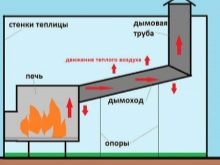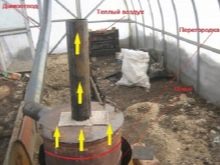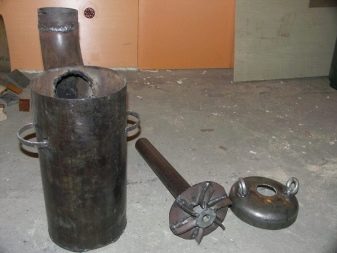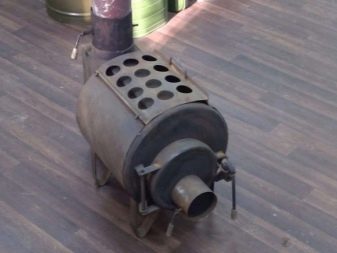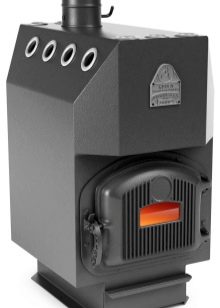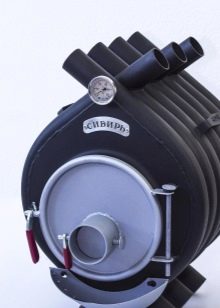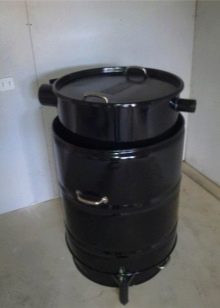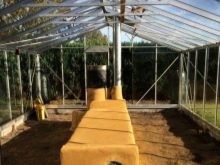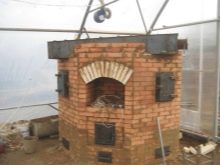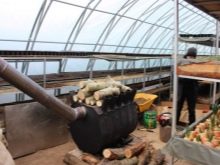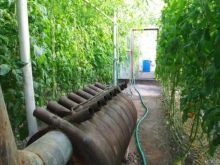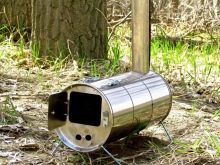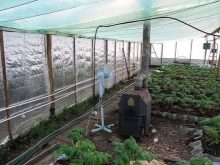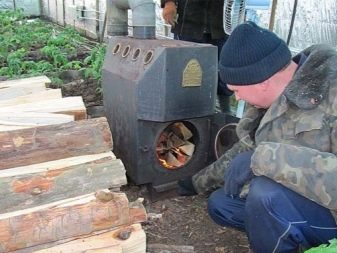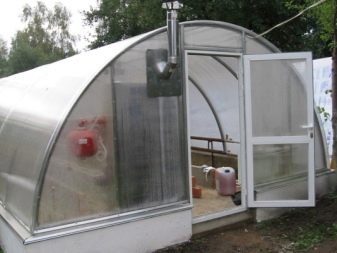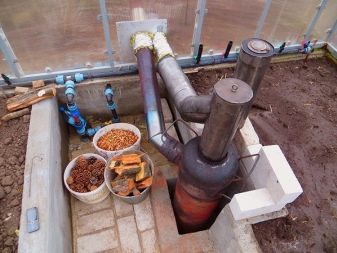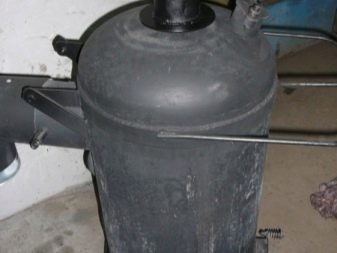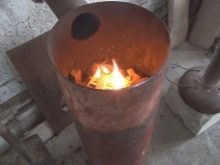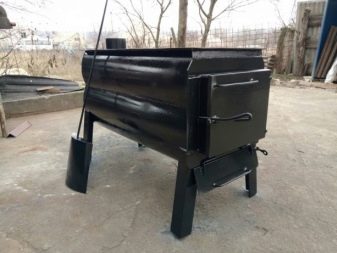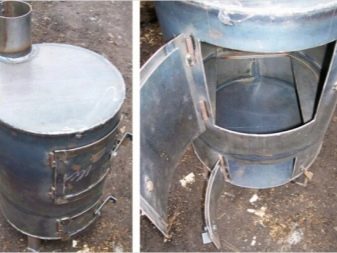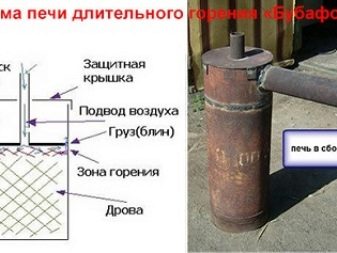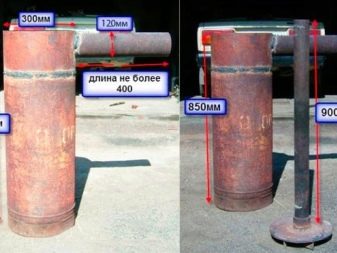Hey everyone, and welcome to my channel! Today, we’re diving into the world of greenhouses and exploring one of their most crucial components: stoves. Whether you’re a seasoned gardener or just starting out, understanding the different types of stoves and their features is essential for maintaining a thriving environment for your plants.
In this video, we’ll be covering a range of topics, including:
* **Types of stoves:** We’ll delve into the various types of stoves available for greenhouses, from wood-burning and gas-powered to electric and solar-powered options. Each type has its own unique advantages and drawbacks, so we’ll help you determine which one best suits your needs and budget.
* **Features to consider:** We’ll explore the key features to look for in a greenhouse stove, such as heating capacity, fuel efficiency, temperature control, and safety mechanisms. Understanding these features will ensure you choose a stove that effectively heats your greenhouse while keeping your plants and yourself safe.
* **Installation and maintenance:** We’ll provide a step-by-step guide on how to install and maintain your greenhouse stove, ensuring it operates safely and efficiently throughout the seasons.
Whether you’re looking to extend your growing season, provide warmth for your delicate plants, or simply create a cozy atmosphere in your greenhouse, this video will equip you with the knowledge you need to choose the right stove and keep your plants thriving.
So, grab a cup of coffee, settle in, and let’s explore the fascinating world of greenhouse stoves together!
Let’s kick things off by exploring the different types of stoves that can keep your greenhouse toasty. We’ve got a smorgasbord of options to choose from, each with its own set of strengths and quirks.
These bad boys are the granddaddies of greenhouse heating, renowned for their ability to retain heat like nobody’s business. They might take a while to warm up, but once they do, they’ll radiate warmth for hours on end, keeping your plants snug as a bug in a rug.
Metal stoves are the sprinters of the bunch, heating up quickly and efficiently. They might not hold onto heat as long as their brick counterparts, but they’re perfect for giving your greenhouse a quick burst of warmth when the temperature dips.
These innovative stoves are the epitome of efficiency, using a clever design to extract maximum heat from the fuel. They’re also known for their clean burning, making them a good choice for environmentally conscious gardeners.
Pellet stoves offer a convenient and automated heating solution. They use compressed wood pellets as fuel, which are automatically fed into the stove, keeping the fire burning without you needing to lift a finger.
Now that we’ve covered the stove types, let’s talk about the fuel that keeps them going.
Wood is the classic choice for greenhouse heating, offering a readily available and affordable fuel source. However, it does require some effort to manage, including chopping, storing, and feeding the stove.
Pellets offer a cleaner and more convenient alternative to wood. They’re made from compressed sawdust or other biomass, and they burn with minimal smoke and ash.
Gas stoves provide a clean and easy-to-use heating solution. They don’t require any chopping or storing of fuel, and they can be easily controlled with a thermostat. However, they can be more expensive to operate than wood or pellet stoves.
Electric stoves are a good option for greenhouses with access to a reliable power source. They’re clean, efficient, and easy to control, but they can be more expensive to operate than other fuel options.
The optimal choice for your greenhouse will depend on a number of factors, including your budget, the size of your greenhouse, and your personal preferences. If you’re looking for an affordable and efficient option, a wood-burning stove is a great choice. If you prefer a more convenient and cleaner option, a pellet or gas stove might be a better fit.
A central wood-fired design is a popular choice for larger greenhouses. It involves installing a single stove in a central location, with a network of ducts to distribute the heat throughout the greenhouse.
- Even heat distribution: The ductwork ensures that the heat is evenly distributed throughout the greenhouse, creating a comfortable environment for your plants.
- High efficiency: Central wood-fired systems are very efficient, meaning you’ll use less fuel to heat your greenhouse.
- Cost-effective: This system can be more cost-effective than installing multiple smaller stoves.
- Complex installation: Installing a central wood-fired system can be more complex than installing a single stove.
- Maintenance: The ductwork requires regular cleaning to prevent buildup of soot and creosote.
- Potential fire hazard: If not properly installed and maintained, a central wood-fired system can pose a fire hazard.
The “Bubafonya” stove is a popular DIY option for greenhouse heating. It’s a simple and efficient design that can be made from readily available materials.
- 200-liter metal barrel
- Steel pipe
- Firebricks
- Mortar
- Insulation
- Cut a hole in the top of the barrel for the chimney.
- Install a steel pipe through the hole and secure it with firebricks and mortar.
- Line the inside of the barrel with firebricks.
- Insulate the outside of the barrel with a layer of insulation.
- Build a firebox at the bottom of the barrel.
Heating a greenhouse with a wood stove offers a number of benefits, including:
- Cost-effective: Wood is a relatively inexpensive fuel source.
- Efficient: Wood stoves can be very efficient, meaning you’ll use less fuel to heat your greenhouse.
- Environmentally friendly: Wood is a renewable resource, and burning wood in a modern stove produces minimal emissions.
- Provides humidity: Wood stoves add moisture to the air, which can be beneficial for plants.
However, there are also some challenges to consider:
- Requires attention: Wood stoves need to be regularly refueled and monitored.
- Produces smoke and ash: Wood stoves can produce smoke and ash, which can be a nuisance.
- Potential fire hazard: If not properly installed and maintained, wood stoves can pose a fire hazard.
The “Bubafonya” is a type of wood-burning stove specifically designed for greenhouses. It’s known for its long burning time and efficient heat distribution.
The stove consists of two chambers: a combustion chamber and a heat exchanger. The combustion chamber is where the wood burns, and the heat exchanger is where the heat is transferred to the air. The heat exchanger is made of a series of tubes that run through the combustion chamber. As the hot air from the combustion chamber passes through the tubes, it heats the air in the greenhouse.
The “Bubafonya” has a number of advantages over other types of greenhouse stoves. First, its long burning time means that you don’t have to add wood as often. This is especially convenient if you don’t have a lot of time to spend tending to your greenhouse. Second, the efficient heat distribution ensures that the heat is evenly distributed throughout the greenhouse, which helps to prevent cold spots.
Building a “Bubafonya” is a relatively simple process. You can find many plans and tutorials online. The basic materials you will need are:
- A metal barrel
- A metal pipe
- Some sheet metal
- Firebricks
- Mortar
The first step is to cut a hole in the top of the barrel for the chimney. Then, you will need to cut a hole in the side of the barrel for the door. Once the holes are cut, you can start to assemble the stove.
The combustion chamber is made by lining the bottom of the barrel with firebricks. The heat exchanger is made by welding a series of tubes to the inside of the barrel. The tubes should be spaced evenly and should run from the bottom of the barrel to the top.
Once the combustion chamber and heat exchanger are assembled, you can install the door and chimney. The door should be made of a heat-resistant material, such as steel. The chimney should be made of a metal pipe that is at least ten feet tall.
The “Bulerian” is another type of wood-burning stove that is popular for greenhouses. It is similar to the “Bubafonya” in that it has a long burning time and efficient heat distribution. However, the “Bulerian” has a few distinctive features.
First, the “Bulerian” has a built-in water tank. This allows you to heat water for your plants or for other purposes. Second, the “Bulerian” has a secondary combustion chamber. This helps to burn off smoke and other emissions, making it more environmentally friendly.
The “Bulerian” is a good choice for greenhouses that need a lot of heat or that are located in areas with cold winters.



